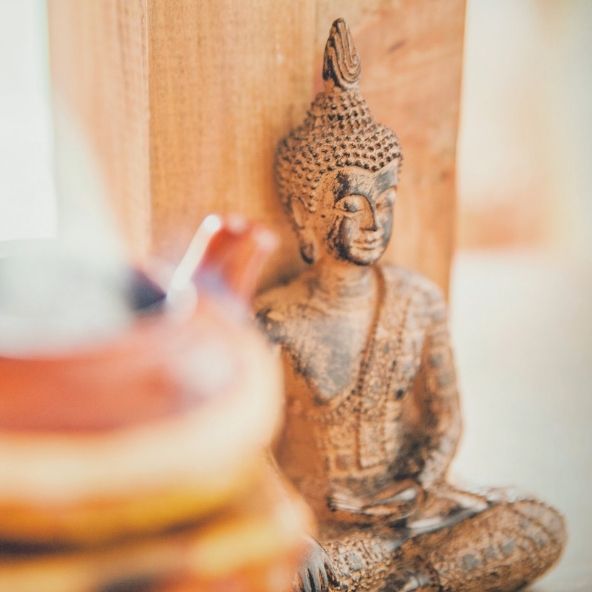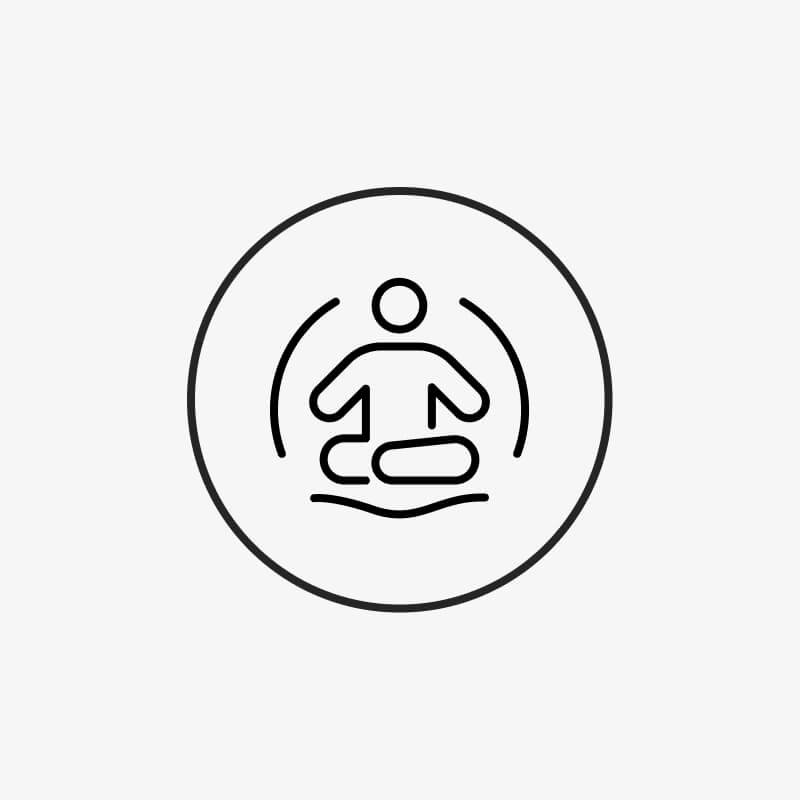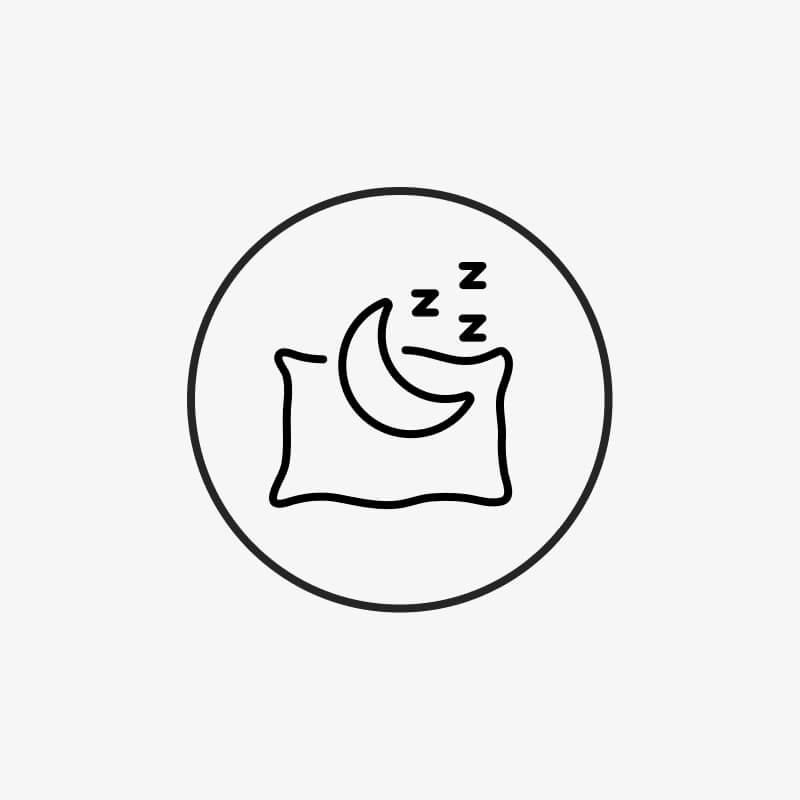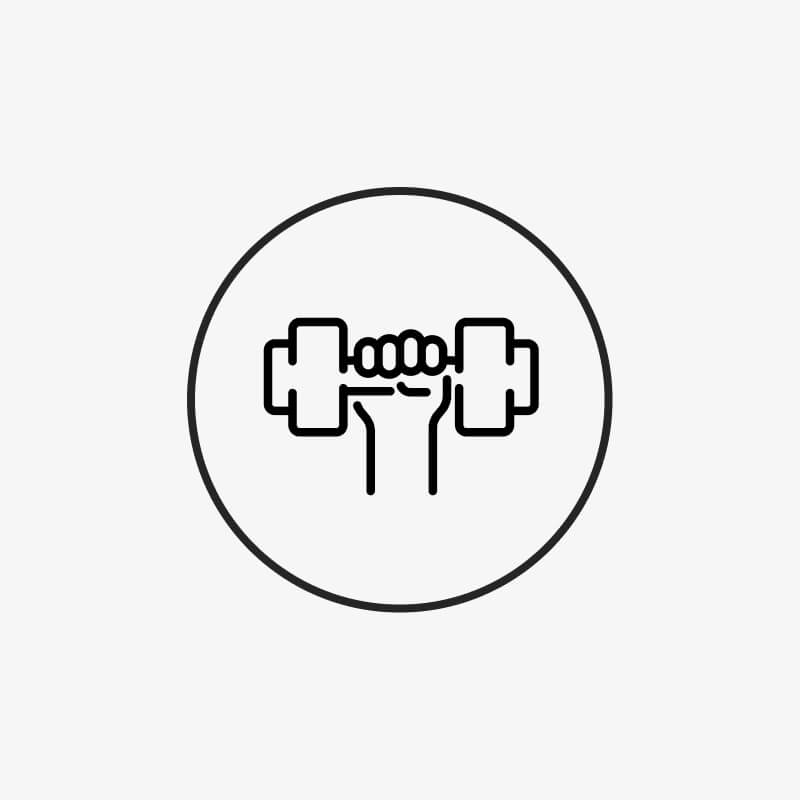A high through breathing? Yes, it's possible: Psychedelic Breath is a smart breathing technique that allows you to penetrate deeper levels of consciousness.
TABLE OF CONTENTS
1. PSYCHEDELIC BREATH - A DEFINITION
The term "psychedelic breath" was popularized in this country primarily by German psychologist Eva Kaczor. Kaczor's experience as a yoga teacher served as a key starting point for the development of psychedelic breathing. This provided the breathwork expert with deep insights into the diversity of yogic breathing techniques .
The goal of psychedelic breathing is to penetrate the upper levels of consciousness . As if in a proverbial trance, we feel selfless, floating, and detached from our bodies . The result of this breathing technique is often an unprecedentedly deep and comprehensive relaxation .
Psychedelic Breath also often releases emotional and mental blockages . After a Psychedelic Breath session, many participants feel refreshed and full of positive emotions.
Psychedelic Breath is based on two different breathing techniques . Used alternately, they stimulate the autonomic nervous system. A characteristic of Kaczor's approach is that an electronic track specifically tailored to the techniques plays during the breathwork session. The music dictates, among other things, the length and intensity of the breaths.
2. HOW DOES PSYCHEDELIC BREATH WORK?
Psychedelic Breath is based on dynamic breathing techniques alternating with periods of breath-holding. The conscious alternation between breathing and breath-holding ultimately leads to the relaxation that is the appeal of Psychedelic Breath.
The second breathing technique used in Psychedelic Breath is known as " Holotropic Breathwork." Breathwork participants take many short, deep breaths in rapid succession .
Holotropic breathwork is used, among other things, in psychotherapy to release blockages . Supported by a therapist and appropriate music, clients gain access to previously closed aspects of their personality —at least in theory. In Psychedelic Breathwork , Holotropic Breathwork is practiced in a group setting to collectively achieve a new state of consciousness. If you're interested in Psychedelic Breathwork, you can visit the website of founder Eva Kaczor here .

3. ADVANTAGES AND DISADVANTAGES
The benefits of psychedelic breathing are obvious: the dynamic combination of panting and deep, long breaths not only provides relaxation, but also a feeling of release and many positive emotions .
Especially at the end of a session , feelings such as deep connection, pure happiness, gratitude, and love often arise. This makes Psychedelic Breath actually better than a high, as it leaves a consistently positive aftertaste instead of a hangover. Those seeking a personal mission or seeking to clarify another existential question can achieve their goal through Psychedelic Breath.
Although some breathing techniques have a significant impact on blood circulation and heart rate , most people can handle the physical exertion without any problems. Caution is advised only if you are pregnant , suffer from cardiovascular disease , or have epilepsy .
Then you should urgently consult your doctor before your first psychedelic breathwork session. You should also refrain from psychedelic breathwork if you have a cold , pneumonia , or any other respiratory illness.
BRAINEFFECT HACK: A demanding daily routine often leaves too little time for enough exercise, breaks, or adequate sleep. Even if it initially seems like you're getting more done, in the long run, a lack of work-life balance will push you to the limits of your performance.
Help your body reduce stress and stay positive, especially during the darker season. The three-week STRESS LESS program from BRAINEFFECT supports you in confidently handling stress . We say: Inhale. Exhale. Stress less!
4. WHAT OTHER METHODS FOR EXPANDING CONSCIOUSNESS ARE THERE?
At the top of the list are the Wim Hof Method and a stay in a cold chamber, known as "cryotherapy." Both rely on the legendary effects of cold on our bodies. The Wim Hof Method also includes a special breathing technique that calms the body and promotes deep muscle relaxation when entering the cold water [1].
Another effective method for improving performance is electrical muscle stimulation (EMS) training . Athletes, in particular, benefit from the additional muscle contraction provided by electrical impulses . This also means that EMS exercises can take a maximum of 25 minutes without losing any of their effectiveness [2].
Another classic among professional athletes is mental training . Mental training involves repeatedly visualizing the exercises performed beforehand . Studies have shown that this technique is particularly effective for sports that emphasize specific movement sequences [3].
Another way to calm and strengthen your nervous system is Kundalini Yoga . It combines yogic breathing techniques with specific movements .

Many Kundalini Yogis report that they experience a real high after Kundalini exercises, similar to the Psychedelic Breath.
CONCLUSION
Psychedelic Breath is a powerful breathwork technique. It can lead to deep relaxation , the release of emotional blockages , and the visualization of new goals and motivations . We actually get high primarily through the altered blood flow to the brain . This allows us to transcend the boundaries of consciousness or simply to be. The result is, not least, positive emotions such as love, confidence, and gratitude .
In addition to psychedelic breathing, there are also other options that can help athletes and recreational athletes in particular achieve unexpected highs .
These primarily include cold-based methods such as the Wim Hof ice bath or cryotherapy . The former also involves a specific breathing technique structured similarly to psychedelic breathing.
In addition, methods such as Kundalini Yoga or mental training also offer good opportunities to train the mind and calm the nervous system. Similar to psychedelic breathing, breathing and immersing yourself inward through visualization play a central role here.
SOURCES
1] Lombardi, G.; Ziemann, E.; Banfi, G. (2017), Whole-Body Cryotherapy in Athletes: From Therapy to Stimulation. An Updated Review of the Literature, frontiers in Physiology, Volume 8, p. 258, https://www.ncbi.nlm.nih.gov/pmc/articles/PMC5411446/ .
[2] Filipovic, A.; Kleinöder, H.; [...]; Mester, J. (212), Electromyostimulation—A Systematic Review of the Effects of Different Electromyostimulation Methods on Selected Strength Parameters in Trained and Elite Athletes, The Journal of Strength and Conditioning Research, Volume 26, Issue 9, p. 2600-2614, https://journals.lww.com/nsca-jscr/fulltext/2012/09000/Electromyostimulation_A_Systematic_Review_of_the.38.aspx .
[3] Di Corrado, D.; Guarnera, M.; [...]; Coco, M. (2019), Imagery ability of elite level athletes from individual vs. team and contact vs. no-contact sports, PeerJ, published online: https://www.ncbi.nlm.nih.gov/pmc/articles/PMC6535038/ .















